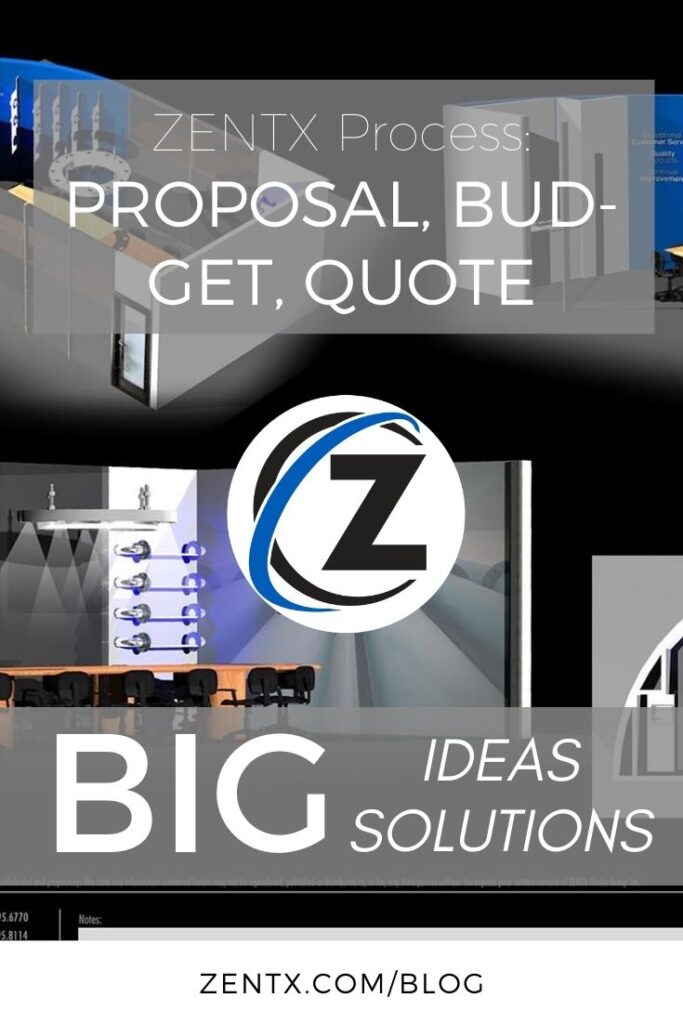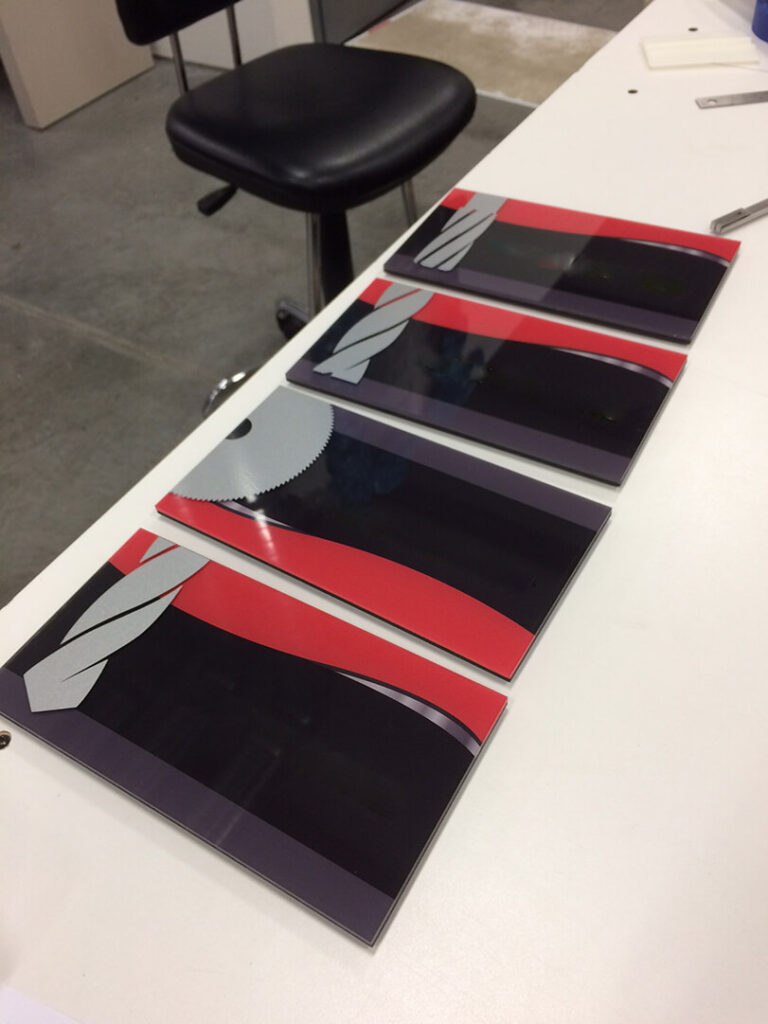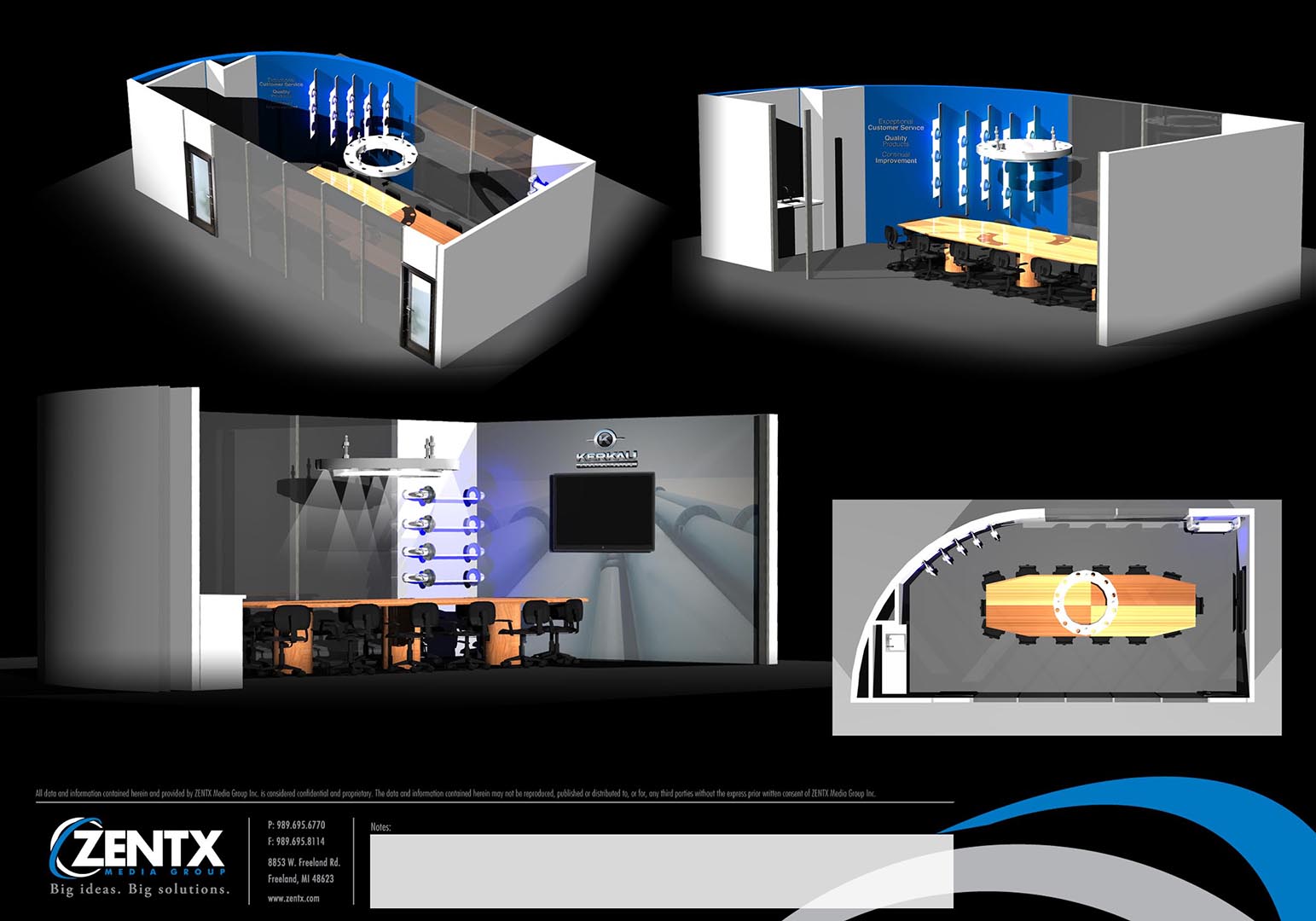
Manners books discourage discussing money at cocktail parties, and that’s probably a good rule. But as much as we enjoy our work, it’s not quite the same as a party. So we feel safe discussing money at work.
It’s actually necessary to talk about money with our clients, of course. Not so we can figure out how to drain your wallet or something. One of our core values is about money, sure, but it’s not because we’re obsessed with wringing every last drop out of our customers. (In fact, we believe greed hurts a business, both morally and practically.) Rather, we want to be sure we’re creating the best value for the amount you want to spend.
We’re also getting ahead of ourselves here. Money’s a big part of this step in our project process, but it’s not the only part. Let’s return to our exploration of the Fullerton Tool project.
At the Drawing Board
When we left off last time, we’d wrapped up the Discovery stage with Fullerton and we had some ideas to work with. We knew Fullerton wanted a bunch of different visual elements for their new facility. Now, we needed to translate those ideas we’d tossed around into specific project concepts we could suggest to Fullerton’s leaders. In other words: build a proposal.
Our creative director and the design team got busy planning things out. They didn’t go too in-depth with their designs; after all, Fullerton might decide they didn’t need a given element after all. But our team developed things enough to go from “customized wayfinding signs” to “red and black wayfinding signs with tool silhouettes.” They created mockups to go with the proposal, so Fullerton’s leaders could see exactly what we meant.

Money Matters
The other half of that proposal meant figuring out how to match what we can do with what Fullerton wanted to spend. It’s important for us to get a clear idea of our clients’ budget — whether that’s an official budget or just a ballpark figure you have in mind.
We don’t want to waste your time designing something that isn’t what you’re looking for. That includes things that don’t fit your budget. When we know what kind of price we have to work with, it frees us to design things better. It’s easier to design proposals that contain exactly what you’re looking for, the first time we present it.
Preparing the Package
Once we have the creative proposal and the budget ironed out, the quote pretty much takes care of itself. Then we package all that together and send it off to get the client’s thumbs-up or thumbs-down. With Fullerton, of course, we got the thumbs-up. And it’s rare for clients to return the proposal for major changes; our team is pretty good at figuring out what you’re looking for.
With Fullerton’s proposal approved, we were good to go for the next step in our process: the Timeline. That’s not the same thing as a timeline wall (although our project for Fullerton did wind up including a timeline wall). What is it, then? Check back next time to find out!
